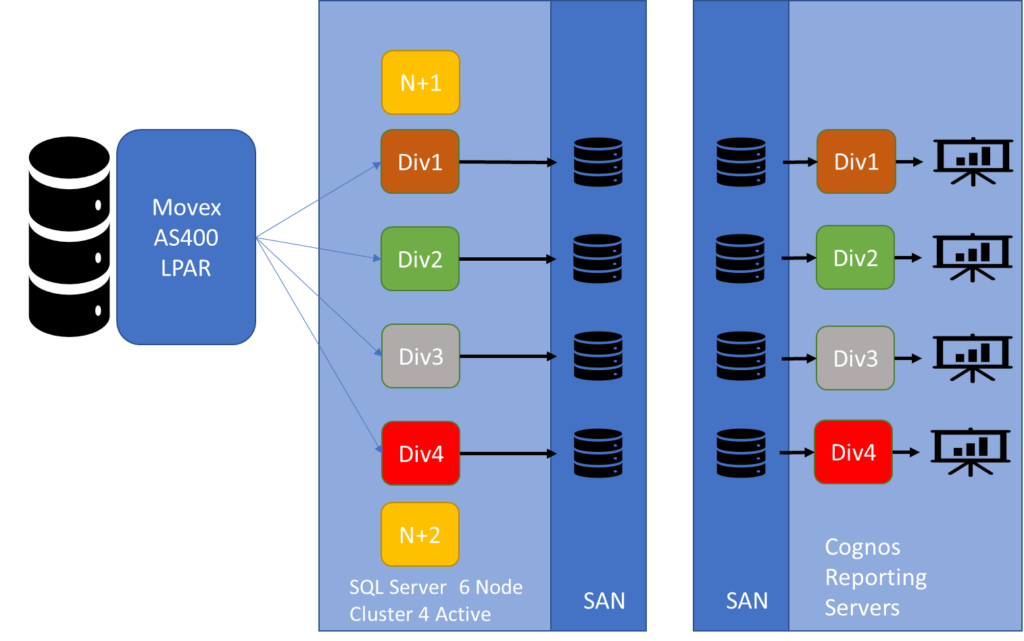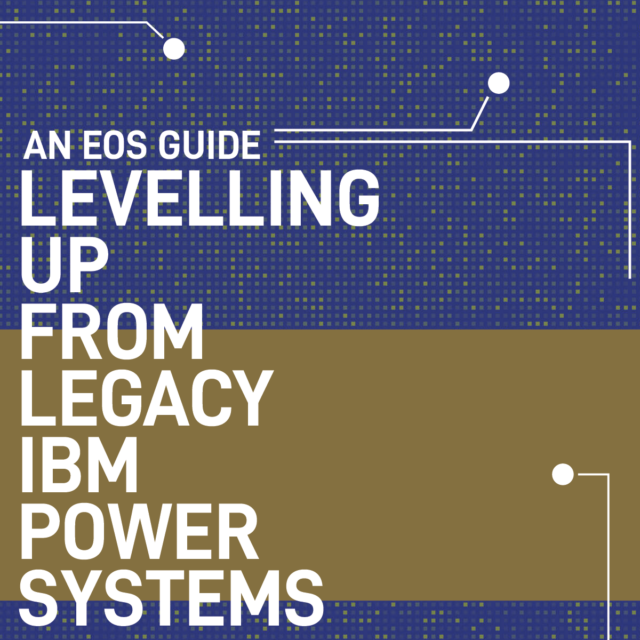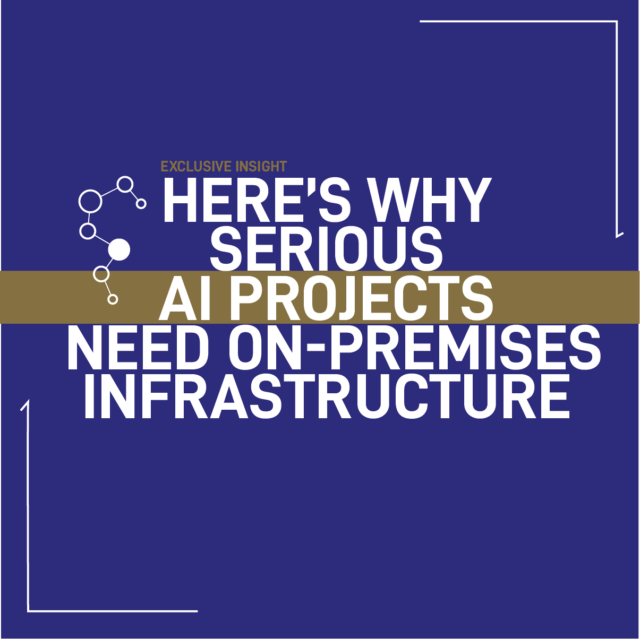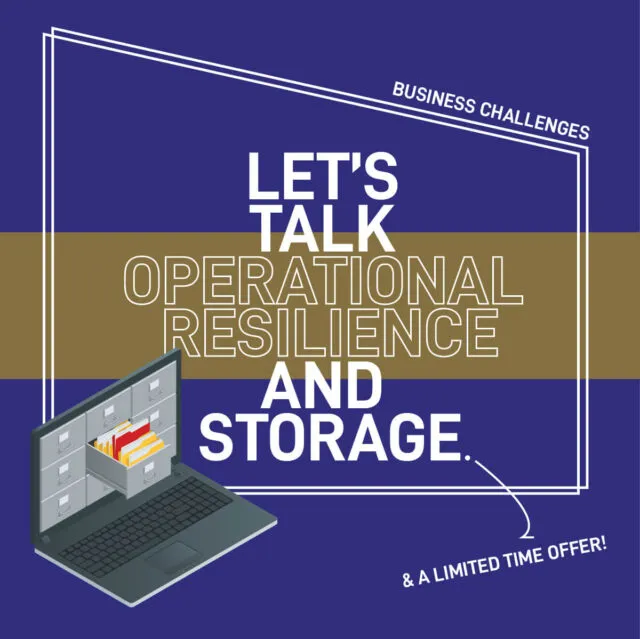Modernising with IBM Power Systems and Red Hat
Technology Needs to Deliver Business Advantage
Technology can be cool, but always has to deliver significant business advantage – and has to evolve to keep up with changing demands and cost pressures.
Many technologies that have made the successful transition from conceptual ideas to commercial products have underlying usefulness.
Hybrid Environment running IBM AS400, x86 and Windows platforms
In the 1990s, IBM’s AS/400 was the crown jewel in many an organisation’s IT estate. Rock-solid uptime and performance to handle anything thrown at it were the order of the day. An example is a typical AS/400 environment running a finance package called Movex, similar to SAP at the time.
Overnight it would run batch jobs and provide basic reporting. It was reliable and handled the accounting, production control, and supply chain for businesses across Europe.
However, with an increasing business appetite for better forecasting information, it became apparent that Movex alone could not provide what was required. The answer was to reinforce the Movex reporting capabilities with Cognos running on x86 systems and Windows.
Strict rules around performance and data extraction meant the final design called for a 6-node SQL server enterprise cluster farm and supporting 32 core Cognos Servers, one dedicated to each division.

Figure 1.0 Cognos Reporting High-Level Logical Architecture
The solution in the overview diagram above had the following characteristics;
- Fault-Tolerant – 50% of production capacity provisioned for failover in the event of server hardware issues or planned maintenance.
- High Availability SLA’s – Designed to run 24/7 the core SQL farm extracted each division’s data from Movex as an overnight job, storing the data within a SAN.
- Dedicated Performance Levels – Cognos servers dedicated to each division would then build the required cubes then queried the SQL data to present Cubes or impromptu data back to the Division.
- Workload Isolation – By isolating data and hardware per division we could ensure that an individual division’s processing requirement at any one time would not impact the performance on the AS400 or any other divisions reporting hardware.
- Maximum Efficiency – By locating the Data Collectors right next to the Data Source we avoided sending GB’s of information over the WAN
Modernising with IBM and Red Hat
Like fashion, the basic concepts of IT are likely to return to popularity if you wait long enough. We saw this with centralised computing, then distributed systems, and back to centralised with public cloud, VDI, etc.
With edge computing, traditional on-premises computing, and public cloud – we have the hybrid world we live in (and realistically will be for some time).
A recent presentation co-hosted by CSI and Red Hat involved a demo of a core banking application running on an LPAR consisting of a Db2 database and a front-end application (see below video). Although the application has rock-solid uptime, its interface and functionality were pretty basic and didn’t allow the business to develop in the ways it wanted to.
What should the business do? They are happy with platform performance, uptime, and scalability, the issue is that it isn’t agile enough… or so you would think!
Application Modernisation – adding new functionality
So here’s the crux… you don’t need to throw the baby out with the bathwater. Application modernisation allows you to reinforce your solution by adding new functionality to an existing environment without affecting the core codebase.
In a typical application modernisation approach, you have the 5 R’s – namely:
- Rehost
- Refactor
- Re-Architect
- Re-Build
- Replace
If you don’t own the codebase or cannot change it, you might think that the only option left is to “Replace“, but there is actually a 6th option to “Reinforce“.
Rather than the extremely difficult task of removing your core system, you can supplement it with additional functionality using exactly the same methodology from 20 years ago.
The methodology has been modernised through the IBM and Red Hat relationship using the latest technology stack of containers and OpenShift running directly on an IBM Power Systems LPAR alongside the core banking app and DB2 database.
There is now no requirement for expensive clusters, VM’s and SAN’s either. Plus, with our private CSI PowerCloud hosted in Equinix data centres we can attach your legacy workloads, seamlessly and securely to IBM, Microsoft Azure, Amazon Web Services or Google Cloud Platform, as and when you need them.
Video: OpenShift and Hybrid Cloud – Modernise Environments with IBM and Red Hat
Award-winning Hybrid Cloud Solution
Don’t take our word for it… CSI won the 2021 IBM Beacon Award for our hybrid cloud solution, which involved IBM Power Systems in the IBM Cloud. You can learn more about the solution in our blog.
Contact Us
If you would like to get in touch with the CSI Team, please complete the contact form here.
Read more like this

IBM Power
Levelling Up from Legacy IBM Power Systems (An EOS Guide)
Why Modernisation Matters Modernisation is often about market competitiveness and relevance. For modernised organisations, offboarding outdated hardware is a matter…

IBM Power
Why Private infrastructure is better for AI
Running AI Models vs. Building New AI Models: Inferencing and Training To make informed platform choices depends on a clear…

Storage and Backup
Improving Operational Resilience (With AI-driven Technology)
The Financial Impact of Cyber Attacks is Underestimated On average, analysts have discovered, a cyber-attack will force a UK SME…
Ready to talk?
Get in touch today to discuss your IT challenges and goals. No matter what’s happening in your IT environment right now, discover how our experts can help your business discover its competitive edge.